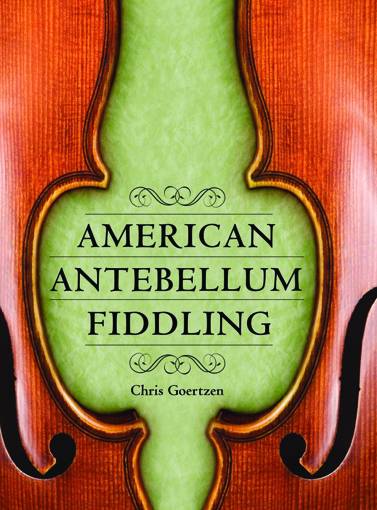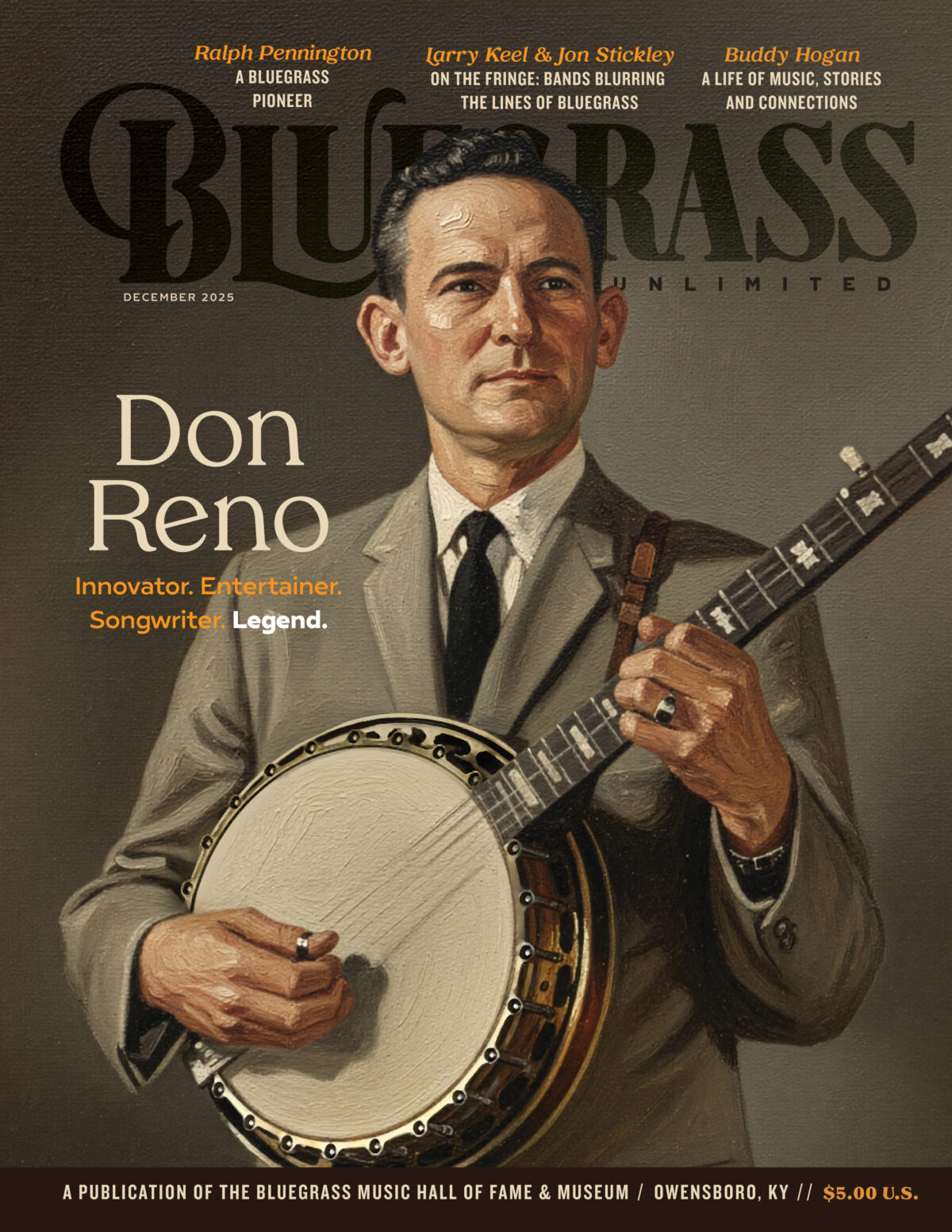AMERICAN ANTEBELLUM FIDDLING
 AMERICAN ANTEBELLUM FIDDLING
AMERICAN ANTEBELLUM FIDDLING
BY CHRIS GOERTZEN
Univ. Press of Miss. 9781496827289. Paperback, 250 pp., 14 b&w illustrations, $21. (www.upress.state.ms.us)
This is the author’s third volume covering traditional fiddling in the United States. A professor of musical history, Goertzen digs into the past to reveal not only the tunes, but also the means of conveyance of those tunes. In the process, he pulls back the curtain allowing some insight into the fiddlers who played these tunes. Dealing with transcribed tunes, he does acknowledge that back then, just as today, this body of music is preserved and performed by fiddlers who do not read music or only read it when necessary to find the more refined aspects of a piece. Here, we are treated to a detailed effort to trace the tunes, their antecedents, and the many manifestations of these tunes through performance and interpretation by fiddlers in the early South.
The only way to preserve something as ephemeral as a piece of music is to record it. In the early days, the only way to record a tune was to transcribe it in musical notation. A good part of this volume contains musical transcriptions. The book is divided into three parts. Part One delves into the music in commonplace books, the books fiddlers complied to keep track of their tunes. They provide an insight as to the state-of-the-art of fiddling in the early 1800s. Part Two looks at larger manuscripts of the 1840s and 1850s. The third part follows fiddlers South and West as the fiddlers moved away from notation.
There are many discussions of tunes, tune developments, and various transcriptions displaying version differences throughout, as well as charts breaking down what early fiddlers chose to record in their books. There are stories of song and tune melodies and how they moved from song to tune and tune to song. There are also stories that debunk some old theories and reinforce new insights as to tune origins and song melodies that, while a part of well-known songs, perhaps originated from sources in the Public Domain.
Since early in the last century, we have sound recordings of fiddlers. This volume helps lift the veil off the fiddling tradition before that time period. There is much here to fill out the curious fiddler’s historical perspective and should be of interest to music history aficionados.RCB
